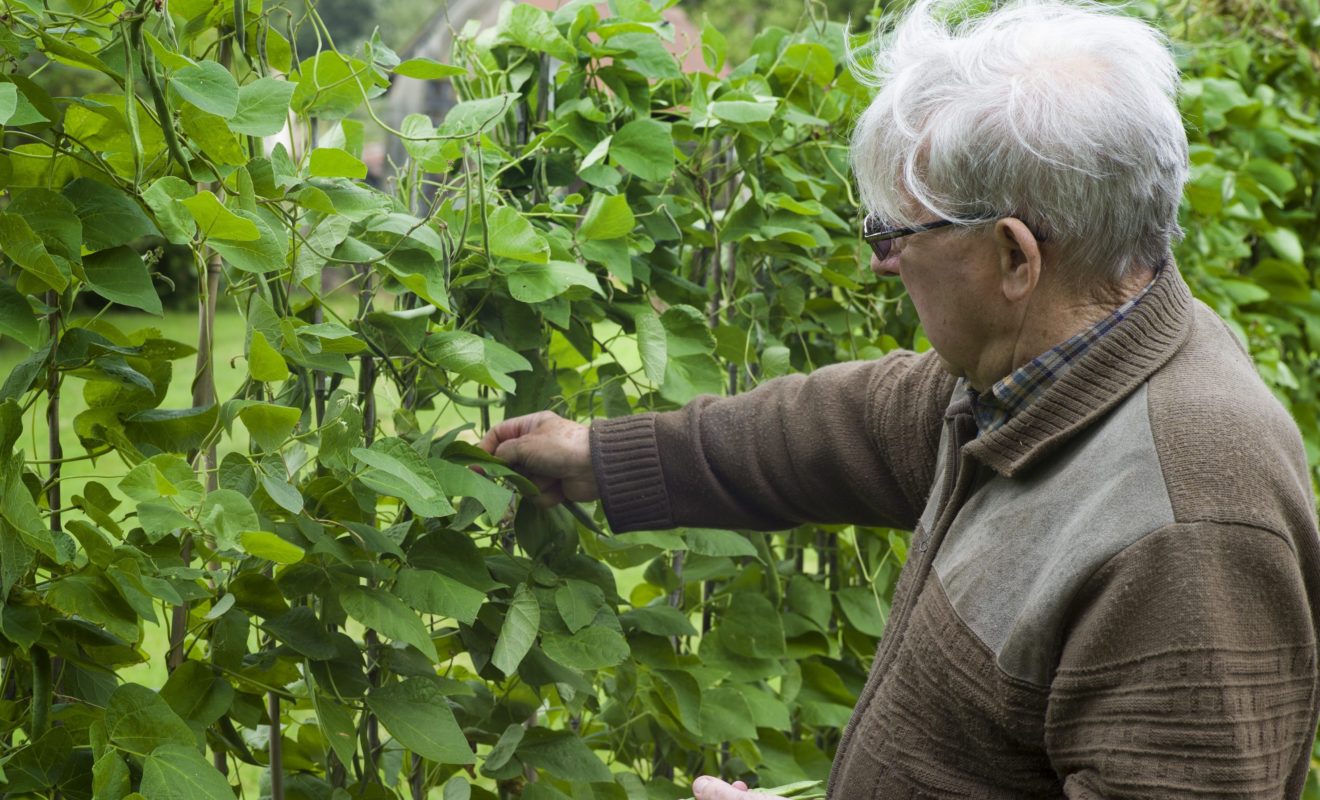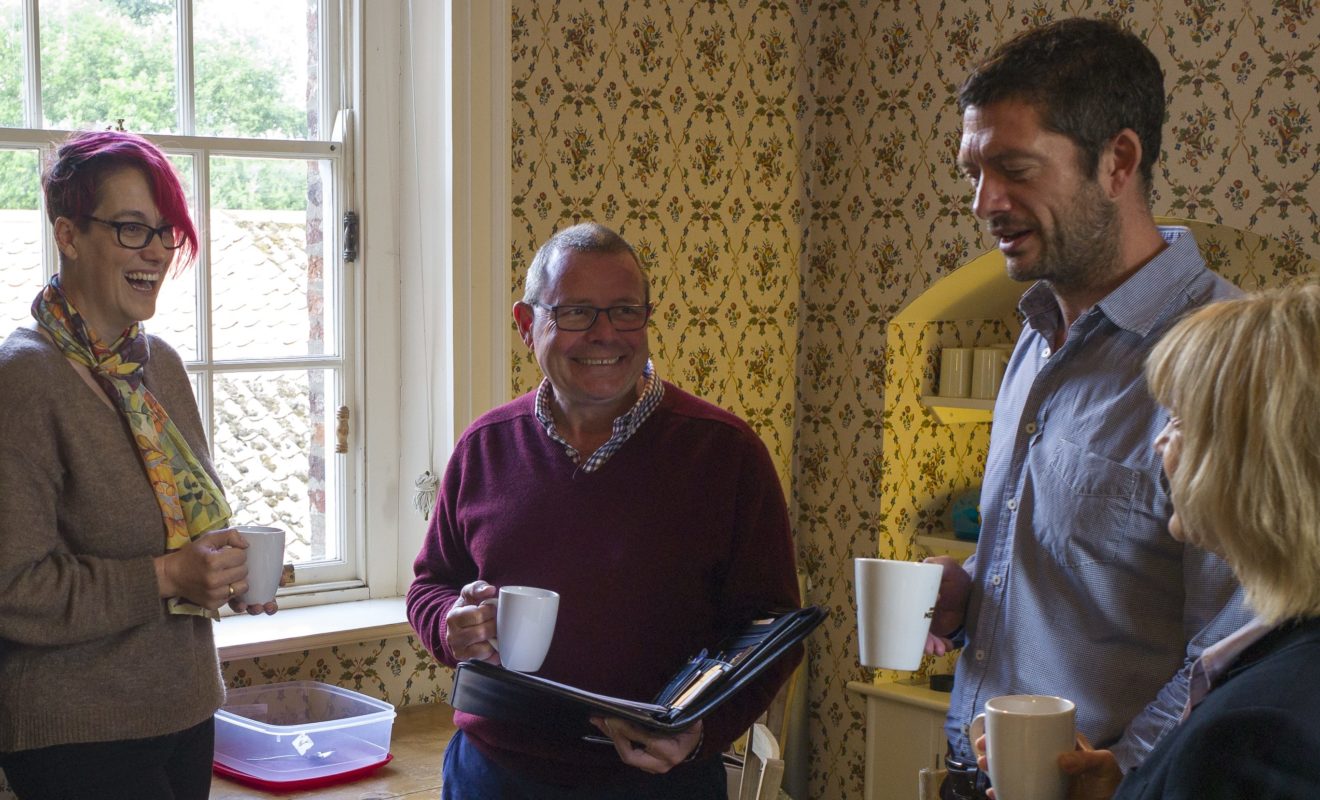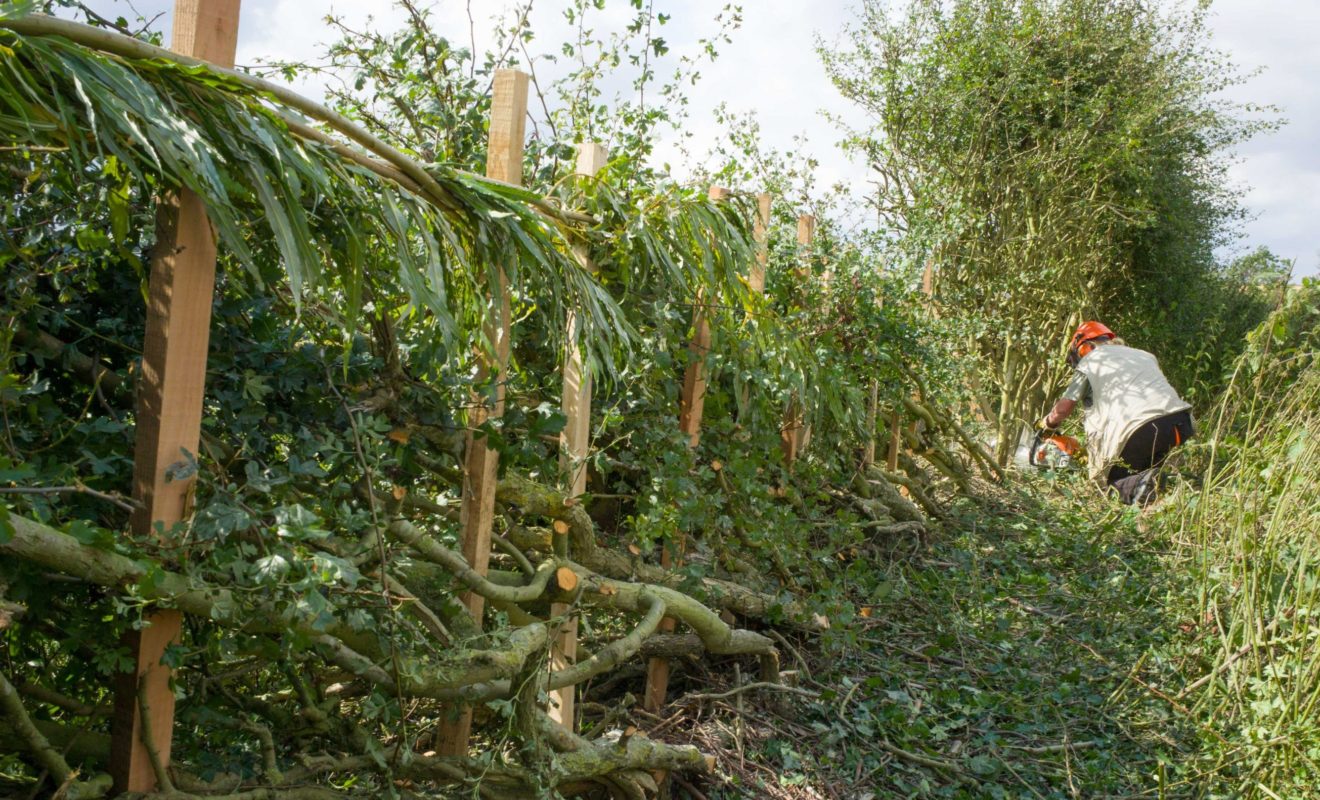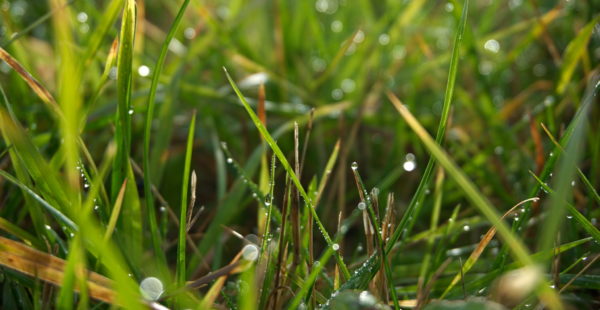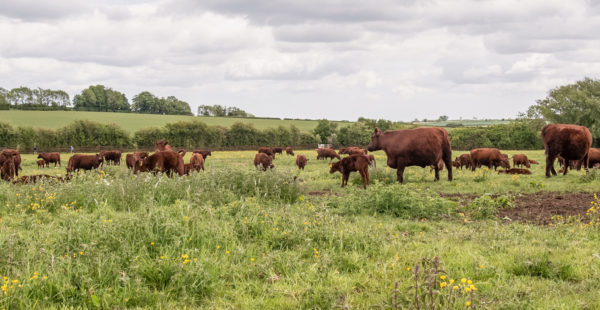Field to Table, Bean-Straw Fuel & Plashing at Calceby
Both indoors and outdoors, South Ormsby Estate has been a hive of activity this week. Work on the biomass boiler continues. The old tin roof covering the boiler and pipework got a spruce-up to keep it watertight. When operational, we’ll use bean straw as a trial bio-mass fuel alongside such sources as dead wood.
Our bean straw was baled at a tenant’s farm by local contractor, John Benge, then collected with the help of Tom Baxter and his JCB. In our research, we found that local biomass users prefer bean straw as it’s readily available, reasonably priced, burns well, has a high energy output and doesn’t leave much ash. We may also experiment with oilseed-rape straw next year.


